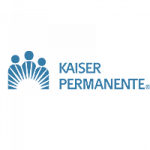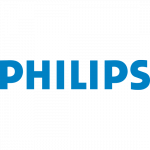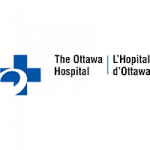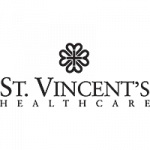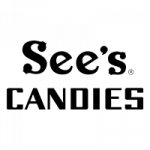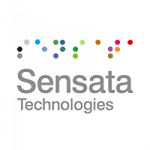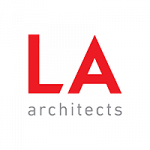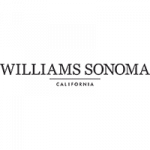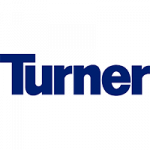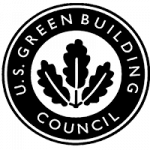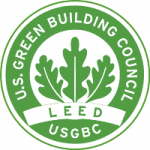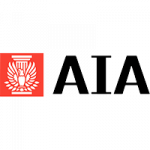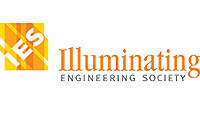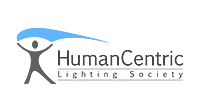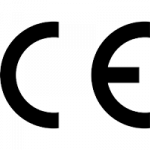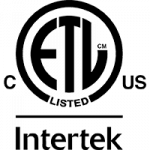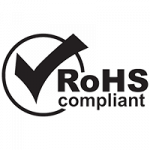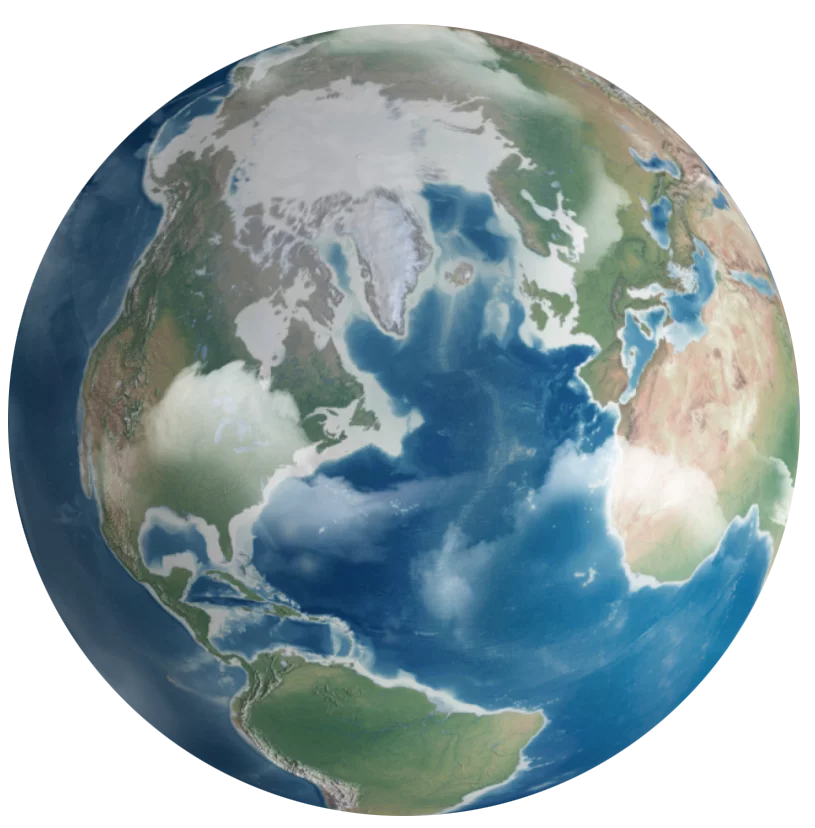
LightZero's Sustainable Lighting Solution
Our technology has energy and environmental advantages that will impact not only our lives but also the future of our society.

reduction in carbon footprint of installed lighting
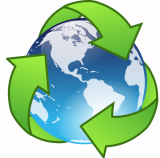
recyclable

Technology and Alternate Energy
Today a truly sustainable lighting system must be installed using the least amount of our planets resources and be able to take advantage of wind, solar and other alternate sources of energy. Our products exceed any other manufacturer’s attention to these constraints by using category cable to connect fixtures and controls, removing drivers from fixtures, integrating programmable control of illumination and the ability to connect directly to alternate sources of power.
Longevity
One advantage of LED illumination is its longevity. We design our LEDs to have a superior operational lifetime of 150,000 hours (LM 70) at 220 lumens per watt. This is 10 times longer than compact fluorescent lamps (CFLs), 100 times longer than typical incandescent bulbs, and 2 times longer than the LEDs found today in most commercial fixtures. This results in lower operating and maintenance costs.
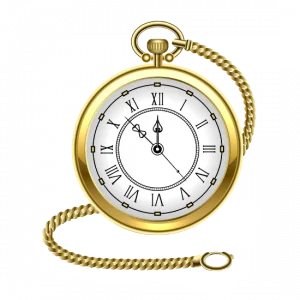
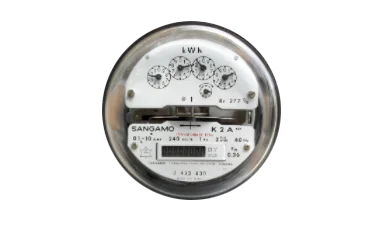
Energy Efficiency
When compared to traditional lighting and most manufacturer’s AC powered LED fixtures our technology provides notable energy savings and reduced heat in the occupied space, lowering air conditioning costs.
Environmentally Friendly
Our technology has the lowest carbon footprint of any installed lighting system on the planet. Virtually all materials used for production are recycled and all of our products are 99% recyclable at end-of-life.
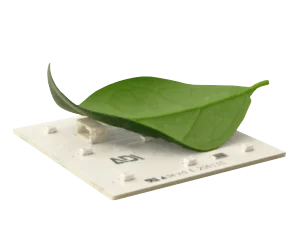
Low UV Emissions
Our fixtures produce virtually no UV emissions, radio frequency radiation, electromagnetic radiation, and reduced illumination in areas of the blue spectrum that are detrimental to human eye exposure. This provides illumination that is safer for the human biological system, less detrimental to UV-sensitive items such as those found in food processing, markets, museums, art galleries, etc.







